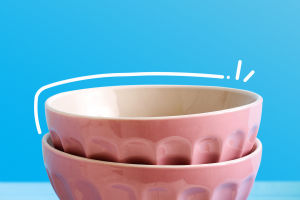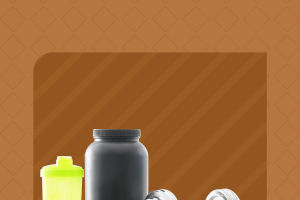A good suitcase is equivalent to a good travel companion! However, there are various types of suitcases on the market, including hard case, soft case, single wheel, double wheel, etc.
What is the difference between each type? How to choose a suitcase that suits your needs when purchasing?
There are two main types of luggage, hard shell, and soft shell.
The material of the hard shell generally includes ABS material, PC material, ABS+PC combination material, PP material, and aluminum-magnesium alloy.
The material of the soft shell box generally includes PVC material, PU material, cloth material, and leather material.
These technical terms look like a headache. Briefly describe the empirical selection:
ABS material is cheap and has average strength.
PC material is relatively light and resistant to impact, but it is expensive and not scratch-resistant.
ABS+PC material, affordable price, and good strength. Generally, the surface is PC material, and the bottom layer is ABS material.
PP material is impact-resistant, heat-resistant, chemical-resistant and of good quality. However, the PP material is not as beautiful as the PC material, and it shows that it does not look glossy.
Aluminum alloy material, good appearance, and good quality. However, the price is expensive, and it is easy to deform after violent pressing, and it is difficult to restore the original shape.
Look again at the softshell luggage.
The advantage of the soft box is that it is lighter and more elastic, and can hold more things, and you don't need to worry about the box being damaged, just throw it away.
However, the disadvantages of the soft box are also obvious. It is not waterproof and dustproof. If it is checked, it can only hold some relatively soft things.
Like digital products, it still cannot withstand checks. In addition, the safety of the soft box is also very poor, and it will be broken with a simple stroke.
Compare the advantages and disadvantages and combine them with your main needs.
PC material is preferred, and PC+ABS material is also available.
Aluminium-magnesium alloys are preferred for robustness.
Light and beautiful, choose PC material and PP material.
ABS material is preferred for scratch resistance.
The preferred cloth box material for storage.
The size of the suitcase also matters a lot.
20-inch trolley case (can be boarding) and 22-inch trolley case (not boarding)
We solemnly suggest that if you want to avoid unexpected troubles, you should still choose a 20-inch trolley case.
There is generally no problem with 22-inch trolleys on domestic flights, but it is difficult to say on international flights. 20- to 22-inch trolley cases look relatively small, more than enough for a week of short trips.
If you don't carry a lot of luggage every time you travel, you only carry some simple daily necessities, then a trolley case of this size is perfect for you.
24-inch trolley case (not boarding)
The most common size design of a 24-inch trolley case is 38cm*60cm*28cm, which is a very common trolley case now. The volume is moderate and can hold a lot of items. If you are a college student or a white-collar worker, this trolley case can basically meet your travel needs.
28-inch trolley case (not boarding)
The most common size design of the 28-inch trolley case is 48cm*70cm*30cm, which is already relatively large in the lineup of trolley cases. It is suitable for business personnel or students running around. The 28-inch large capacity can hold enough living and working supplies, which may be used as a small mobile warehouse.
32-inch trolley case (not boarding)
The 32-inch trolley case is suitable for people who travel long distances or often travel by car. With this giant, they are not afraid to travel all over the world.


